Planting pepper

Bell peppers are not exclusive on the site, but always a welcome and tasty product. Sometimes they are afraid of growing it, believing that the vegetable is too capricious. Yes, and advisers can dissuade, although they did not grow it due to disturbed agricultural techniques and errors during planting. But these errors can be excluded from the very beginning.
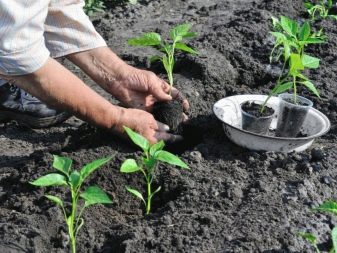
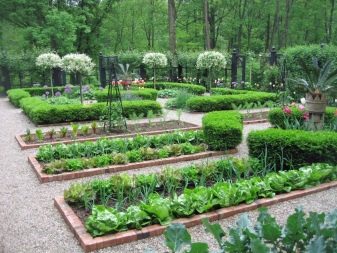
Timing
When exactly to transplant peppers into open ground depends on the region. Almost always, gardeners are also guided by the lunar calendar with exact dates. Sowing pepper usually falls in late February or early March, and the transplant is already planned for the period of stabilization of the temperature regime. In this case, the mark on the thermometer should not fall below +15.
It is also important that by the time of transplanting the soil has had time to warm up properly. And the measurement of soil temperature should show at least +10. So, in the middle lane, this period begins at the end of May, in the south, the landing is often carried out already at the end of April, in the north - at the beginning of June.
It is necessary to take into account the fact that bell peppers are an extremely heat-loving plant, and the cold can literally destroy it. Young and not yet matured shoots most often become victims of a cold snap.
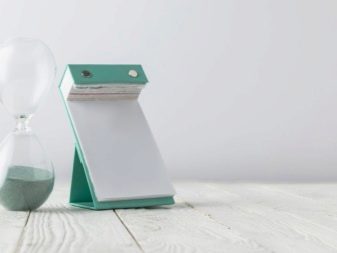

Planting seedlings
And first, you need to grow strong seedlings at home. And this process is also complicated, you need to take into account several factors at once.
Capacities
Many gardeners agree that the best container for seedlings will be one that does not let in the sun's rays. It should be an opaque material, and therefore not every plastic cup is suitable for this case. Natural light is good for the green mass, it needs it, which cannot be said about the roots - their light can destroy. For seedlings, you can use containers, boxes, peat tablets and peat pots, juice boxes and even opaque bags. All of this (with the exception of peat samples) must be perfectly clean and disinfected. The bottom must be covered with a thin drainage layer. If it seems that the sun's rays can still reach the roots, it makes sense to install the container in thick and deep cardboard boxes.
Peat tablets are almost the best option. This is practically a guarantee of good seedlings. After soaking, the tablets swell, they are placed in a special tray, one and a half centimeter depressions are made in them, and the seeds are already placed there. And then sprinkle with soil and cover with foil. At a temperature of +25, the germination process will begin. About a week will have to wait for the emergence of seedlings. And when they appear, the film will need to be removed from the tablets, and the trays should be placed in warm and bright places. When the fourth true leaf appears on the stem, the pill peppers will go to the potted soil. You can also use cassettes as a container. The sizes of the cassettes are different, but the essence is the same - they are divided into sections, in one section - one plant. The cassettes are equipped with protective covers that allow light to pass through, but retain moisture.
Soil can be laid in the cells, or peat tablets can be sent there. Watering will need to be done through the pallet.
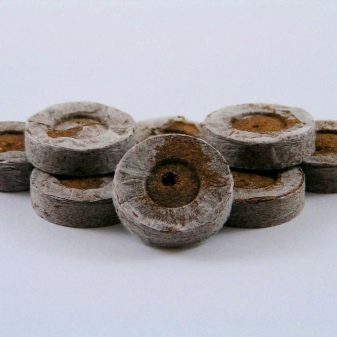

The soil
The quality of the soil should leave no chance for pests and fungi, and its composition should also be suitable for the needs of the vegetable crop. Peppers need a sterile, loose, nutritious soil mixture with neutral or weak acidity. If it is difficult to organize such a composition yourself, you can buy a ready-made mixture in a garden market and not worry about anything.
But if you want to make the soil yourself, you can listen to the recommendations below.
- Mix meadow sandy loam with soddy soil and add humus - the first components are 2 parts, the last - 1. And add another spoonful of potassium sulfate and 2 tablespoons of superphosphate to a bucket of such a mixture.
- Mix 2 parts of peat with 2 parts of humus and 1 part of river sand. Sift.
- Take part of the river sand and compost, add 2 parts of turf.
- In equal proportions, high-moor peat, leafy soil and sand are mixed with a small amount of lime.
Any composition must be disinfected. The store is sold already disinfected, but the homemade one definitely needs to be disinfected.
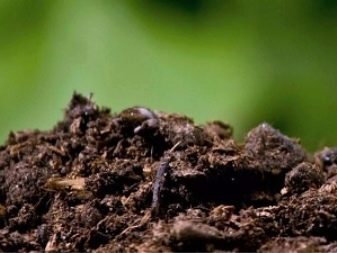

Sowing
I must say that it is at the stage of seed germination that problems can already arise. Because it can happen slowly and unevenly. Even the most "quick" sprouts will appear only after 2 weeks. To accelerate germination, the seed must undergo the following procedures:
- calibration - manual selection of large and whole seeds (dip the seeds in a saline solution, leave only those that have sunk to the bottom);
- disinfection - ordinary potassium permanganate helps out;
- treatment with biostimulants - helps to speed up the emergence of seedlings, and in parallel with their uniform appearance, "Intavir" and "Zircon" are suitable;
- bubbling - the seeds will be enriched with oxygen (the grains are collected in gauze tied in a knot, sent into the water with the inclusion of the aquarium compressor, and this lasts 12 hours);
- hardening - but this rarely happens, because it is safer to carry out this procedure not with seeds, but with grown shoots;
- germination - the seeds are placed between two layers of moistened matter, they lie there for a week, the fabric is placed on a saucer, pulled over with a film.
But if the seeds are pelleted, you do not need to do any of the above. Such material is planted immediately, and peat containers will not have to be treated with a biostimulator either. It is better to plant the seeds immediately in separate containers so as not to subject the peppers to the dive, which they tolerate so-so. It is more convenient to lay out the planting material with tweezers every 2 cm, pressing it a little against the moistened soil. And then the planting is sprinkled with a centimeter layer of soil. It will only be necessary to compact the earth a little and cover the boxes with foil.
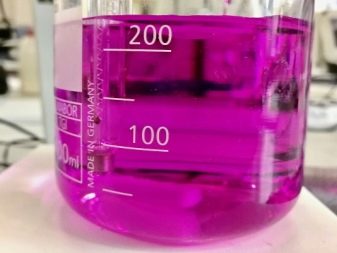
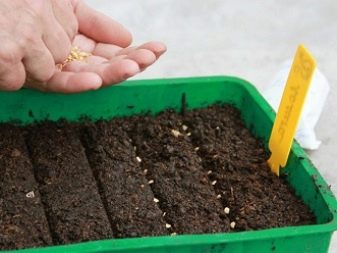
How to plant in the beds?
This process also requires preparation, and a lot.
Seat selection
The main requirement for him is good illumination. Also, it should be warm, because the pepper will not stand the draft and cold. Planted peppers next to the fence are also unlikely to give a good harvest, as well as planted next to buildings. The fact is that buildings will cast a shadow, and this is destructive for the growth of a vegetable. Do not plant peppers where eggplants, tomatoes, peas or tobacco used to grow.
Peppers require fertile, nutritious and light soil. Water stagnation on the site is a problem, their seedlings are very afraid. The beds should be well dug, weeds removed, fertilizers applied (mineral or organic), and the wells are spilled with water a day before work. Well, in the spring, ammonium nitrate must, of course, be added to the holes before planting. About a week before planting, the beds are watered with a solution of copper sulfate.
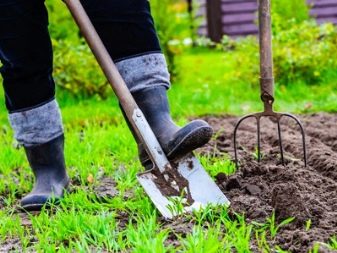
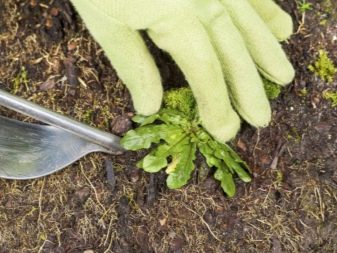
The ways
First, you need to carry out planting markings, which will take into account the height of future bushes, as well as the method of watering. And the holes must also be done correctly.
What methods exist:
- square-nesting involves planting two roots in a hole so that intervals of 60x60 cm are observed between seedlings;
- even rows (created with a drip irrigation system) - the scheme is either 90-50-35, or 70-70-45 cm;
- in bags - either these are bags with special compost, or even homemade ones, made from sugar (African planting method, mobile vegetable garden);
- in buckets - also a mobile method, if necessary, the pepper is sent home, in the heat;
- bouquet - this is the planting of pepper in one hole in pairs.
Which method is better is a difficult question, it is always an individual choice. However, in the country you can experiment every year.
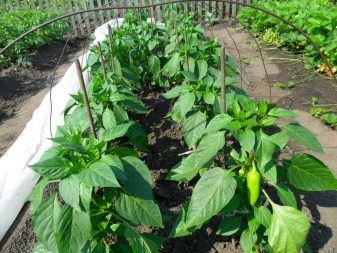
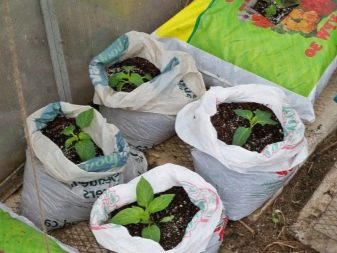
Layout schemes
It all depends on the varietal representative. The benchmark is as follows.
- Standard. Seedlings are planted at a distance of 50 cm. For medium-sized varieties, this is the best option, especially if they have large fruits. By the way, this option is also suitable for chili peppers.
- Approximate scheme. It assumes great compactness and is often used in small gardens. The bushes are placed 30 cm apart, and a maximum of 40 cm is left between the beds. This is normal for the culture, it is enough for it to feel free.
- Union. So it is better to plant undersized varieties. Several sprouts will go into one hole (usually 2 pieces each). It is customary to plant in pairs in hot regions, because thickened bushes will create shade. The scheme itself is 60x60 cm.
It is categorically impossible to plant hot and sweet peppers next to each other, because sweet peppers will taste bitter from such a neighborhood.
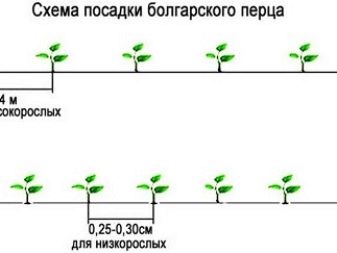
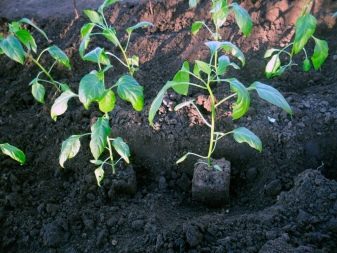
Landing technology
The soil with seedlings must be thoroughly shed with water the day before planting. This is done so that the sprout from the container is not difficult to get out, and so that the root system is not damaged at the same time. What the preparation will look like.
- Seedling containers can be moved from the windowsill to the street. At first, this is done for half an hour, but then the time increases. If it's cold outside, tempering should be delayed until the right time.
- The best place to adapt seedlings is in partial shade. But in the shadows she has nothing to do. In the bright sun - especially since the seedlings do not tolerate it.
- About a week before planting, you need to spray the seedlings with fungicides.
The disembarkation procedure itself is determined in the morning or evening; this cannot be done during the day.
How to plant pepper in a permanent place according to the rules.
- Carefully remove the sprout from its container.
- Place it in the center of the created hole. It is not worth deeply deepening, you need to focus on the level of the root collar - not above it. Otherwise, the stem will rot.
- Sprinkle the place with earth, tamp gently.
- Moisten a fresh planting, place mulch (peat or old leaves) on the ground.
If the region is northern, it would be appropriate to organize a "warm bed". At the bottom of the formed "trench", several layers of rotted manure are laid, as well as straw chops. Then the hole is thoroughly poured with boiling water. Finally, you can send land there and start planting pepper. It happens that on the first day after disembarkation, the seedlings fall. The foliage withers, and sometimes even turns yellow. But no excitement is needed, the process is normal, the plant will soon rise.
But landing is not enough, this is just not the most tricky thing. But further rules of care will affect how the seedlings behave. If it is a greenhouse or a greenhouse, you will have to maintain the necessary plus 22-25, you must not forget about high-quality uniform lighting, as well as humidity. Watering is organized exclusively in the morning. And the first watering will happen no earlier than on the fifth day from the moment of disembarkation. Well, then you will have to water the peppers about 2 times a week. Half a month after planting, fertilizers will need to be applied, these will be mineral complexes. The next top dressing will be only when the peppers begin to bear fruit.

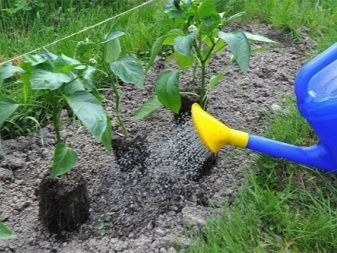
Frequent mistakes
And there are, in fact, a lot of them. But it is still worth considering those on which gardeners regularly fill cones.
- Grade slip. There are very early varieties, there are early, mid-season and late ones. The early ripening takes 100 days or a little more, the superearly - less than 100 days, the late - 135 days. And here it is necessary to clearly assess the climatic conditions of the region. But all terms are calculated approximately, with a good forecast, predictable weather conditions. In fact, sprouts may hatch late, and the weather will make its own adjustments, and being very thermophilic, pepper will slow down growth in cold weather.So in the open field, early and very early varieties grow successfully, all the rest - only for greenhouses.
- Incorrect seeding. You can even select the wrong material, miss out on really good samples. For example, the seeds are already more than 3 years old, and they have not been treated with biostimulants - these can take too long to germinate. In a word, the seeds need "doping", and it is a little presumptuous to hope that everything will hatch on time without it.
- Lack of warmth. Containers with seedlings should only stand in a warm place, nothing else. Pepper is a southern theme. Should not blow from the windows, the window sill itself should not be cool. Cold soil will make it difficult for peppers to take water and food out of it, and they will stagnate. And on the beds, the principle is the same - if the temperature drops below +15, it is better to cover the plants with non-woven fabric. And the space between the beds is made of black polyethylene. Water the peppers only with warm water.
- Picking. You can dive, but this is a dangerous manipulation. This particular culture does not tolerate it well. It is better to sow seeds at once in different cups. After the pick, the roots are injured, the plant becomes weak - withers, turns yellow, or even stops development altogether.
- Landing in the shade. They can't even stand partial shade, give the peppers the sun. It is a very light-loving culture that loves to soak up the sun. If you look at the elongated seedlings of peppers, this is an example of planting in the shade or partial shade.
- Deepening in the ground. They plant it exactly the same as it grew in a container. It can be compared to planting fruit trees, the principle is the same. Otherwise, the pepper will "slow down" and grow poorly.
- Very deep loosening. The culture really loves loosening and it can be done after every watering. But only for breaking the soil crust, nothing more. The roots are high, and if you overdo it, you can injure the root system.
- Underfeeding. Pepper loves both phosphorus and potassium and will react negatively to a lack of these elements. Almost everything is possible, except for fresh manure, which will give rotten fruits.
For the rest, it is enough to adhere to the deadlines, choose the right place and prepare it (taking into account the predecessors), and there will be no immature or overgrown fruits. Well, of course, if you take care of the pepper until the very moment of harvesting.
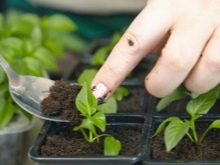

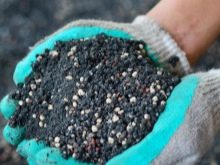













The comment was sent successfully.